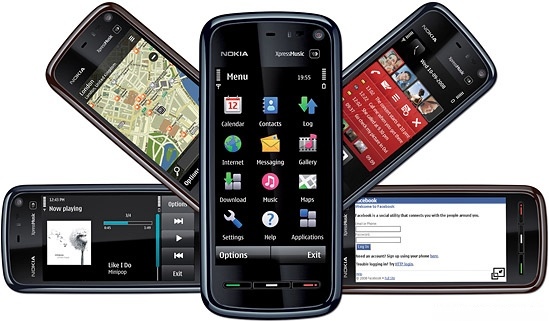Southampton Village Cell Tower Controversy

A lawsuit against the Village of Southampton by California-based cell phone provider MetroPCS and the First Presbyterian Church of Southampton is now scheduled to go before the Suffolk County Supreme Court on November 29, according to Southampton Village Mayor Mark Epley.
The Village is defending a July 25 decision denying MetroPCS’s application to install a cell tower within the First Presbyterian’s clock tower. The cell phone provider spent about a year seeking approval for its tower in a series of public hearings before it was denied in late July.
MetroPCS and the church, which stands to gain much-needed funds for maintaining its building and operations, are seeking to install four antennas within the faces of the clock tower. The installation would require that four pieces of wood siding be removed and replaced by reinforced polymer, which could better transmit the cell signal. The removal of this historic wood, though the replacement polymer would appear identical, is the biggest point of contention. The Southampton Village Board of Architectural Review and Historic Preservation’s decision states that this change would not be appropriate to the property and the polymer is not an acceptable replacement for the historic wood sections.
The MetroPCS lawsuit, filed on August 28, calls the ARB decision “arbitrary and capricious” and contends that it violates the Telecommunications Act of 1996, which says communications businesses must be allowed to compete against one another in any market.
Mayor Epley said Southampton has hired law firm Twomey, Latham, Shea, Kelley, Dubin & Quartararo LLP of Southampton to defend the Village, and their attorneys, led by partner Lisa Clare Kombrink, are currently transcribing meeting minutes and preparing for the case. The original court date had been set for September 19, but was moved to November in order to allow the Village’s attorneys to get ready.
Epley said he best not comment too much about the ARB decision or the church’s right to host MetroPCS, but he acknowledged that both sides have some valid issues. “I understand where the ARB is,” he said, adding, “I understand the church’s need for financial support.”
The mayor pointed out that First Presbyterian of Southampton has been hurting recently, especially after losing revenue sources such as the kindergarten program in the church basement. “Maybe there’s a way the Village can help out,” he said. “We don’t know yet.”
Epley said he is no expert when it comes to the nuances of the ARB’s purview, but he sees the greatest issue to be the historic, 141-year-old clock, which overlooks the corner of Meeting House Lane and Main Street in Southampton. “My concern has always been about clock operations,” he said, explaining that the manual-wind clock has been wound by the Corwin family, of Corwin Jewelers, since the 1800s.
If the cell tower is installed, the Corwins will no longer be permitted to access the clock, which is a problem, according to Epley. “They’d have to automate the clock,” he said, adding that he also thinks about potential security issues and electrical demands, among other concerns. “To me, it’s about history, and that [clock] is history,” Epley said, though he was uncertain whether or not the clock falls under ARB purview. Other supporters of protecting the clock and the ARB’s decision started a website, www.savetheclock.org, where they have a petition and post updates about the case.
Twomey, Latham, Shea attorney Lisa Kombrink was unavailable for comment, and the attorney for the church and MetroPCS, Keith Brown, of Brown & Altman, LLP did not return calls.
What do you think about the cell tower controversy? Share your opinions and ideas at www.danshamptons.com.



